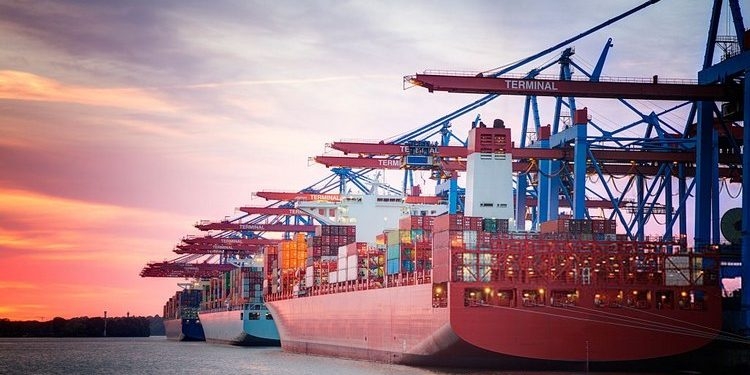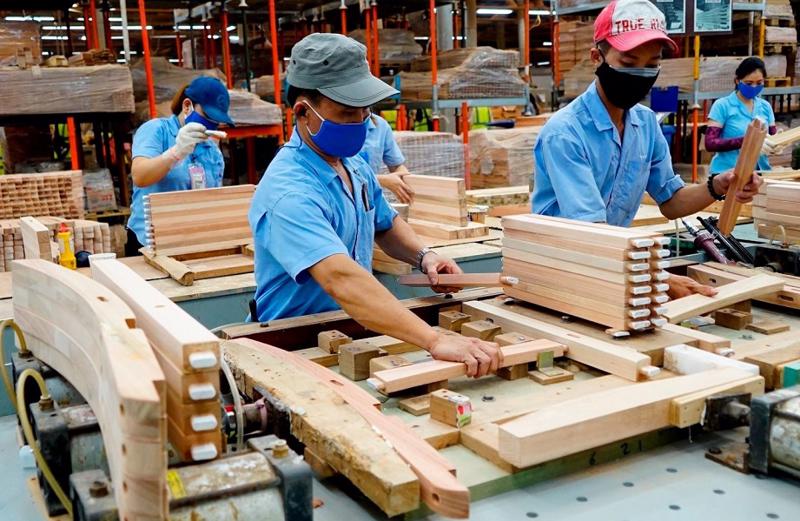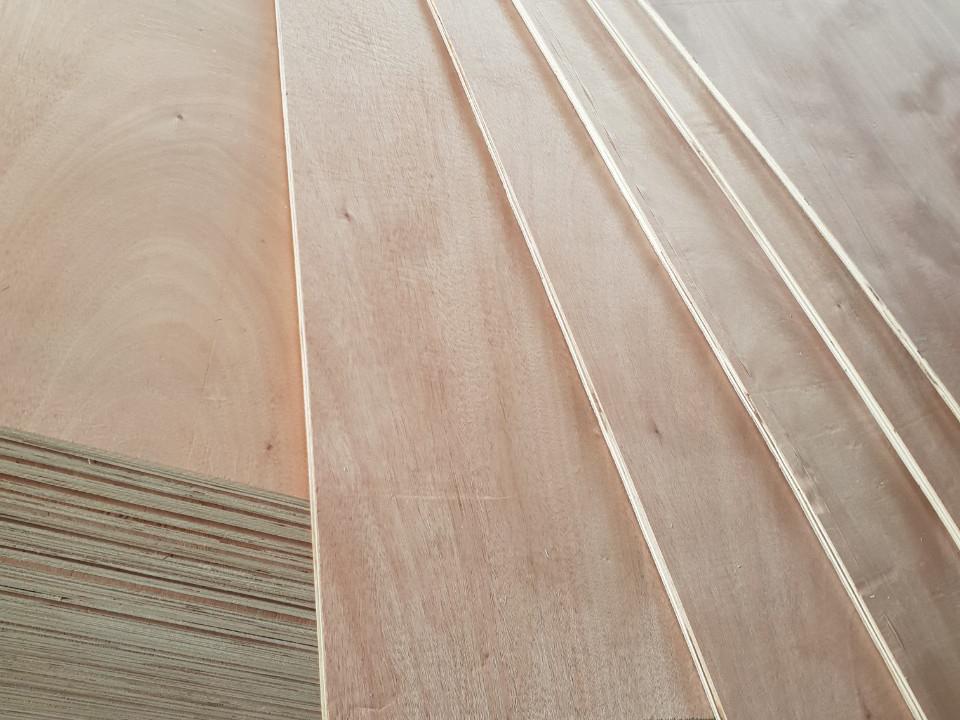Vietnam’s export sector for wood products and bio-energy materials continues to grow in 2025, and sawdust briquettes—or more broadly pressed sawdust charcoal—are emerging as a significant niche within that growth. These fuel products, made by compressing sawdust (often from plantation species or garden/fruit tree woods), are increasingly in demand in markets seeking sustainable, lower-emission energy sources.
1. Export market performance and demand
• Though official data specific to sawdust briquettes is thin, the broader “wood, wood articles & charcoal” category remains one of Vietnam’s strong export lines. 
• Export shipments of charcoal from Vietnam—including sawdust-derived charcoal—have increased. In one dataset covering November 2023 to October 2024, there were thousands of shipments to over 50 countries, with key importers such as South Korea, China, and Japan accounting for a large share. 
• Meanwhile, wood waste exports (which include sawdust, wood chips, scrap) show mixed performance. For example, in the 12-month period April 2024 to March 2025, exports of wood waste fell by about 10% year-on-year in shipment count. This suggests pressures on that raw material side, possibly affecting supply or price. 
2. Drivers and constraints
• Drivers: Growing global demand for renewable or lower-carbon fuels is pushing interest in pressed sawdust briquettes. Buyers in industrial or energy-generation sectors, as well as in households, prefer briquettes because of their more uniform burning, easier transport, and potentially lower environmental impact. Also, Vietnam has significant plantation wood and sawmill by-products, which provide raw material for sawdust.
• Constraints: Raw material competition (for sawdust / wood waste), rising production costs (labor, energy, transport), and environmental / regulatory pressures (e.g. sustainability certifications, emission limits) can raise costs or limit supply. Also, quality control is important: calorific value, ash content, binding agent safety, moisture content all matter to foreign buyers.
3. Outlook for the near future (remainder of 2025 and beyond)
• If current trends continue, Vietnam’s sawdust briquette exports are likely to grow modestly. Growth will depend heavily on securing reliable raw material streams and improving consistency in product quality to meet more stringent international standards.
• There is also potential to expand into new markets—particularly where environmental regulations or carbon pricing make cleaner fuel alternatives more attractive. Perhaps Southeast Asia, the Middle East, or Europe, depending on trade logistics and certification.




